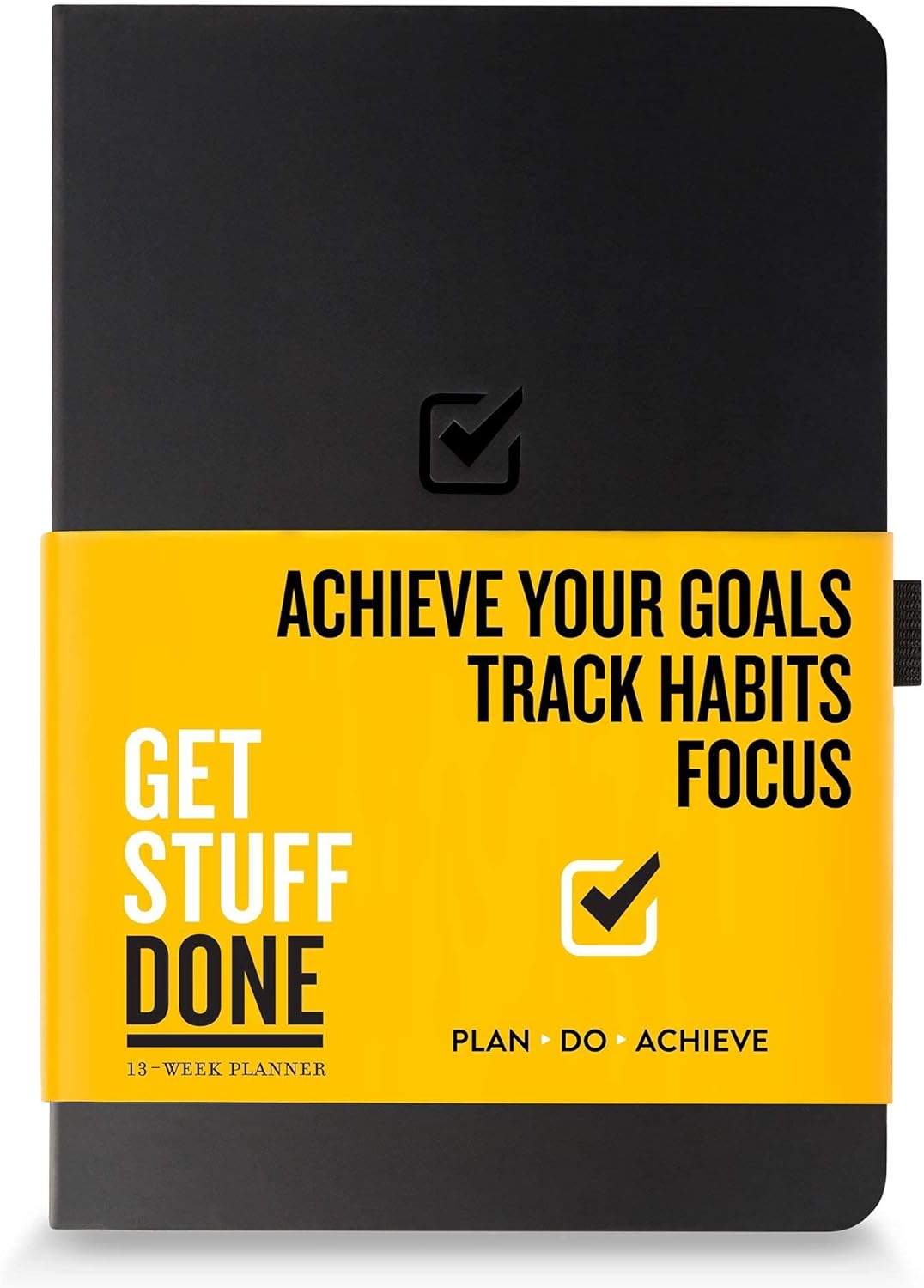Introduction
The Positive Action Plan aims to foster a vibrant educational environment where students can flourish both socially and emotionally. Central to this initiative is the Positive Action Program, which promotes a healthy self-concept and personal growth by encouraging positive actions. These actions are not only pivotal in reducing problem behaviors such as substance use and violent behaviors, but also in enhancing the overall school climate. The program’s philosophy that thoughts lead to actions which lead to more thoughts reinforces a positive cycle, critical in nurturing social and emotional learning among students.
The curriculum, rooted in a social-emotional and character development program, systematically addresses academic achievement and strives to prevent substance use and other negative outcomes like sexual activity among elementary-school students. By implementing a classroom curriculum that integrates social and character development, the program has shown remarkable effects in various studies, including a randomized trial in Chicago public schools. This evidence-based approach has successfully demonstrated the program’s ability to transform potential problems into opportunities for growth, fostering not just individual well-being but also creating a supportive community conducive to learning and development.
Key Takeaways
- The Positive Action Program fosters social and emotional learning through positive actions that enhance self-concept and reduce problem behaviors.
- A strong self-concept in students is linked to reduced negative behaviors and enhanced positive youth development, highlighting the program’s effectiveness.
- Treating others with respect and kindness not only impacts individual well-being but also promotes a positive school climate and broader societal empathy.
- The program’s holistic approach underscores the vital connection between physical health and mental well-being, supporting overall personal growth.
- Adhering to the principle of treating others as one would like to be treated sets a foundation for positive interpersonal relationships and community building.
- The Positive Action Program’s philosophy, focusing on the cycle of actions and feelings, drives its curriculum to instill empathy and respect, fostering a supportive learning environment.
Positive Actions in the Program

Within the Positive Action Program, students are encouraged to engage in positive actions that promote a healthy self-concept and personal growth. These actions not only contribute to a positive school climate but also help in reducing problem behaviors and enhancing social and emotional development. The curriculum of the program emphasizes the importance of treating others how one would like to be treated, reinforcing the idea that positive actions lead to positive feelings. The program, supported by studies like the control trial in Chicago, shows significant effects of a social-emotional approach in schools.
Positive Action Program Effects of the Positive Action Plan Curriculum
-
Improved Academic Outcomes: The Positive Action Program has been shown to enhance academic performance, particularly in math and reading, for diverse student groups including African American males and low-income students.
-
Reduced Negative Behaviors: Implementation of the program led to significant reductions in student-reported negative behaviors such as substance use, violence, and sexual activity, due to enhanced social-emotional and character development.
-
Enhanced Social-Emotional Health: Students in the Positive Action Program experienced better social-emotional health outcomes, including higher life satisfaction and lower rates of depression and anxiety.
-
Increased Academic Motivation: The program effectively increased students’ motivation towards learning, which contributed to lower absenteeism rates and improved academic engagement.
These findings collectively underscore the effectiveness of the Positive Action Program in fostering not only academic success but also behavioral and emotional well-being among students in urban school settings.
Self-concept and Positive Youth Development
The Positive Action Program focuses on self-concept and positive youth development, employing use of a social-emotional curriculum that’s proven effective, especially in settings like positive action in Chicago. Enhancing self-concept has shown to significantly contribute to youth development, with programs observing effects of positive action across various demographics. This approach is central to the program’s strategy, where the cycle is positive, promoting continuous personal improvement. Key components include program activities and curriculum that introduces the positive, with a focus on development program on adolescent substance use. These initiatives are supported by mediated effects of a social-emotional framework, which underscores the transformative impact on problem behavior and urban youth development.
Treating Others and Self-Development

When considering the importance of treating others well, the impact of our actions becomes evident. By engaging in positive actions and fostering a culture of respect and kindness, we contribute to a harmonious environment that supports positive behaviors and relationships. Additionally, the connection between body and mind in positive development underscores the significance of nurturing not only physical health but also emotional and mental well-being. This holistic approach leads to improvements in self-concept and interpersonal skills. Studies, including those by Vuchinich and Acock, show that positive action provides notable benefits in environments like those observed in Chicago public schools, where the use of a social-emotional and character development scale significantly enhances student outcomes.
Importance of Treating Others Well
The Importance of Treating Others Well is fundamental in the Positive Action Program, which utilizes use of a social-emotional curriculum to foster respect and empathy among students. This program underscores how positive actions on the emotional health of individuals can transform communities. By avoiding the pitfalls of blaming others and promoting positive thoughts, the curriculum enhances interpersonal relations and supports a cycle of positive interactions. Research, including trials of positive action and studies on effects of the positive action, demonstrates significant improvements in both individual well-being and community harmony. This approach, grounded in the intuitive philosophy of the program, encourages ongoing personal development and the cultivation of a supportive social environment.
Body and Mind Connection in Positive Development
The interconnectedness of body and mind plays a significant role in driving positive development. Physical well-being, including exercise and nutrition, directly impacts cognitive and emotional functioning. Similarly, mental health and emotional well-being are essential for maintaining a healthy body and overall holistic development. By recognizing and nurturing this connection, individuals can achieve a balanced and harmonious state that supports positive actions and personal growth. Embracing practices that promote both physical and mental wellness is key to fostering a holistic approach to self-development. This approach is enhanced by the Positive Action Program on problem behaviors, integrating strategies like positive actions for improving both physical and mental health, and has been supported by direct and mediated effects in school-based social-emotional and character development programs.
Treating Others the Way You Like to be Treated
Treating others the way you like to be treated anchors the Positive Action Program, which significantly impacts school activities and youth development among urban youth. Emphasizing positive actions for the whole, the program nurtures emotional health through consistent specific positive actions. Studies comparing students in the control group with those engaged in the program, like those conducted by Durlak and Brechling, show enhanced outcomes in behavior and academics, validated by favorable program effects. Such initiatives, backed by the Department of Education, encourage a cycle of positive interactions, essential for building a supportive educational environment.
Philosophy behind the Curriculum

The Positive Action Program is grounded in a philosophy that promotes positive behaviors and self-concept among youth. Emphasizing the connection between actions and feelings, the program instills values of empathy, respect, and kindness. By focusing on indicators of positive youth development, the curriculum fosters a nurturing environment that supports personal growth. Key elements like the use of a social-emotional and character development scale and matched-pair comparisons in studies, such as those conducted in Chicago, have shown effective outcomes in fostering emotional health of urban youth.
Philosophy Behind the Curriculum
| Unit | Core Philosophy | Key Concepts Taught |
|---|---|---|
| Unit 1: Self-Concept | Positive actions improve self-concept. | Self-awareness, identifying personal strengths. |
| Unit 2: Physical and Intellectual Health | Caring for body and mind enhances overall well-being. | Nutrition, exercise, mental activities. |
| Unit 3: Managing Resources | Effective management of personal resources leads to success. | Time, energy, money management. |
| Unit 4: Respectful Treatment of Others | Mutual respect fosters a positive environment. | Empathy, kindness, communication skills. |
| Unit 5: Honesty | Honesty with oneself promotes integrity. | Self-reflection, truth-telling. |
| Unit 6: Continuous Improvement | Lifelong learning and growth are essential. | Setting goals, perseverance, adapting to change. |
This table outlines the holistic approach taken by the Positive Action Program, which integrates both emotional and intellectual development to promote a positive school climate and individual well-being. The curriculum emphasizes a cyclical relationship between thoughts, actions, and feelings, promoting a learning environment that drives positive behaviors and enhances academic performance.
Philosophical Basis of the Positive Action Program
At the core of the Positive Action Program lies a commitment to fostering a culture of positivity and growth. By encouraging positive actions that align with the concept of treating others as one would like to be treated, the program instills values of respect and empathy in students. This intuitive philosophy serves as the guiding principle behind the curriculum, emphasizing the interconnectedness between actions, feelings, and overall well-being. The approach integrates actions lead to feelings within its framework, consistently showing through two matched-control comparisons how effective these strategies are in fostering emotional health, particularly in an urban environment where positive youth development among urban students is critical.
Indicators of Positive Youth Development in Urban Settings
Indicators of Positive Youth Development in Urban Settings often reflect the effectiveness of programs like the Positive Action Program, particularly when assessing program on indicators of positive outcomes. These programs typically involve use of a social-emotional curriculum, specifically tailored for K-6 students, which encourages a cycle of positive behaviors and attitudes. By analyzing effects of the positive action, such as improved emotional health and reduced problem behavior in urban youth, educators can gauge the dosage effects for the positive strategies implemented. Comparisons compared to control groups in studies, notably those in program in Chicago, often show significant differences that underscore the program’s impact on fostering resilience and courage to try new challenges among young people.
Application of Intuitive Philosophy in the Curriculum
The Positive Action Program integrates an intuitive philosophy into its curriculum, emphasizing use of a social-emotional framework to enhance learning. This methodology, underpinned by principles that program teaches, focuses on improving yourself continually as a core aspect of student development. The curriculum, which consists of various components designed to foster character development among adolescents, utilizes effects of positive action observed among a sample of students to guide its approach. Program also includes specialized content that helps in tracking development program on the trajectory of each student’s growth, reinforcing the positive impact of school-based social-emotional learning.
- Daily, Weekly & Monthly
- Undated Agenda Planners for
- Full Focus and Goal Setting
- Personal Organizers for
- Men & Women
- 8.3" x 5.5"
Conclusion
In conclusion, the Positive Action Plan has demonstrably bolstered both individual and communal well-being within educational settings by its emphasis on fostering social and emotional learning and self-concept development. The program’s success in Chicago public schools serves as a testament to its effectiveness, showing significant improvements in both academic achievement and behavioral outcomes, such as a reduction in substance use and violence. By focusing on positive actions that lead to beneficial cycles of behavior and thought, the program not only meets but also exceeds the goals of traditional social and character development programs.
The integration of the program into the school-level curriculum has been pivotal in addressing problem behaviors in elementary school students, as evidenced by various matched-control studies and randomized trials. The Positive Action Program not only provides the tools needed for students to transform challenges into opportunities for growth but also fosters a school-wide climate development that promotes long-lasting positive changes. These outcomes highlight the importance of continued support and adaptation of the program to meet the diverse needs of urban youth, ensuring positive development and emotional health are accessible to all students.

James Dunnington leads the James Dunnington Collection, featuring five unique blogs: a practical Pet Care Guide, an enlightening Ancient History Blog, a resourceful Home Improvement Guide, a cutting-edge Tech Innovation Guide, and a strategic Online Money Making platform. Each site delivers valuable insights designed to empower and inform. For updates and more tips, visit our Contact Us page to sign up for our newsletter, ensuring you never miss out on the latest content from any of these dynamic fields.

